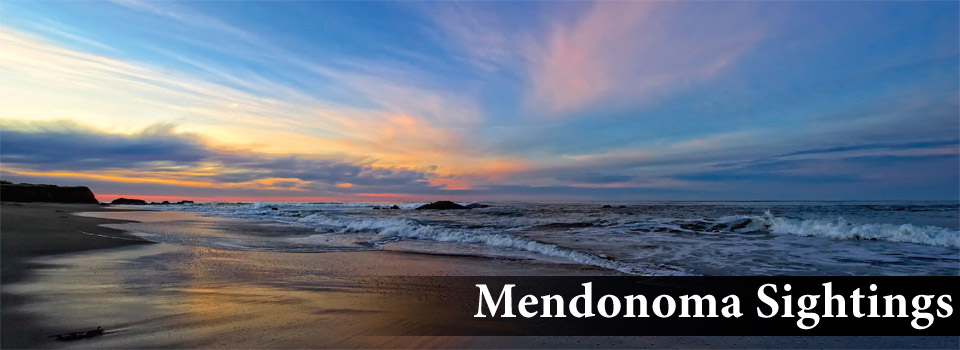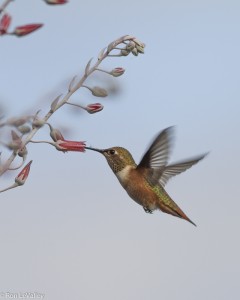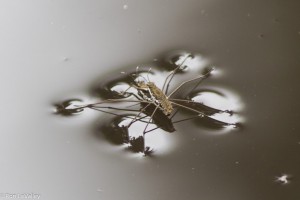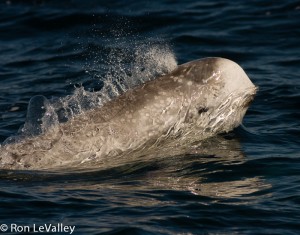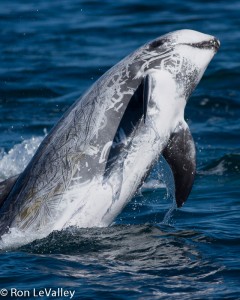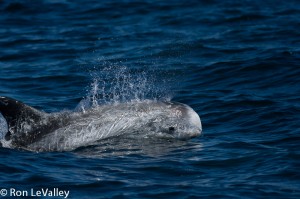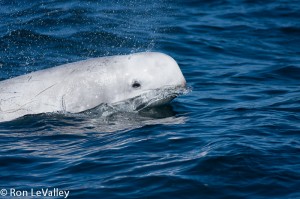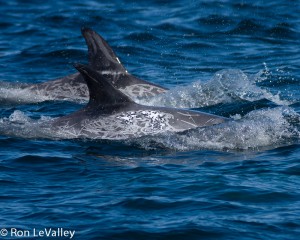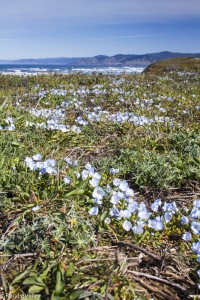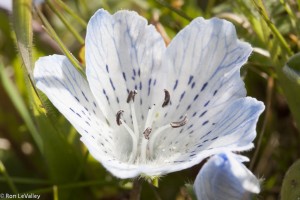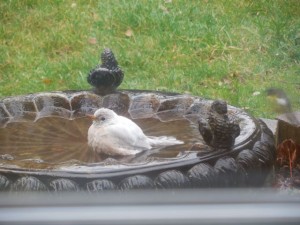It's practically impossible to tell an Allen's Hummingbird and a Rufous Hummingbird apart. Even experienced birders have difficult time. Let's face it, they look the same to me! Ron LeValley suspects this is a Rufous, as they migrate through our area as this time of year.
If you look closely at Ron's photo, you will see a tiny spider on the hummer's beak. Great shot! Rufous Hummingbirds migrate north as far as Alaska and then return south in the fall - or in the case of the Mendonoma Coast, late summer - sometimes all the way to Central America. Quite a migration for such a tiny bird.
Rufous Hummingbirds are very feisty. Two have shown up in my garden in Anchor Bay. They are having aerial battles with the resident Anna's Hummingbirds. It's quite a show.
To hear the sound of this hummingbird, here's the link to the Cornell Lab of Ornithology: http://www.allaboutbirds.org/guide/rufous_hummingbird/sounds
Thanks to Ron for allowing me to share his beautiful photo with you here. I can almost hear this hummer's wing beats. To see much more of Ron's photography, here's his website: http://www.levalleyphoto.com/home/
